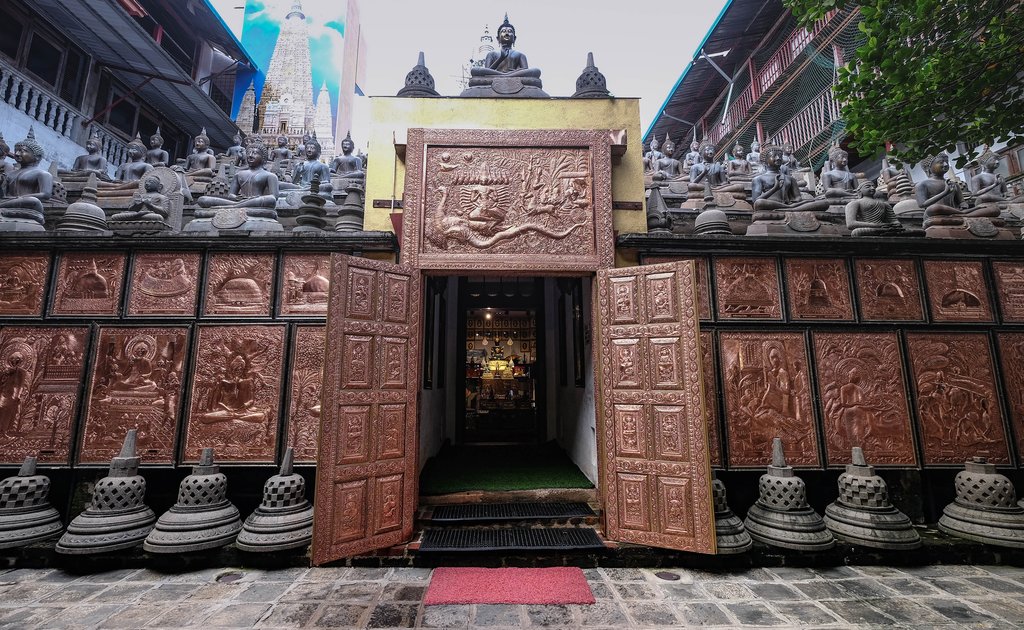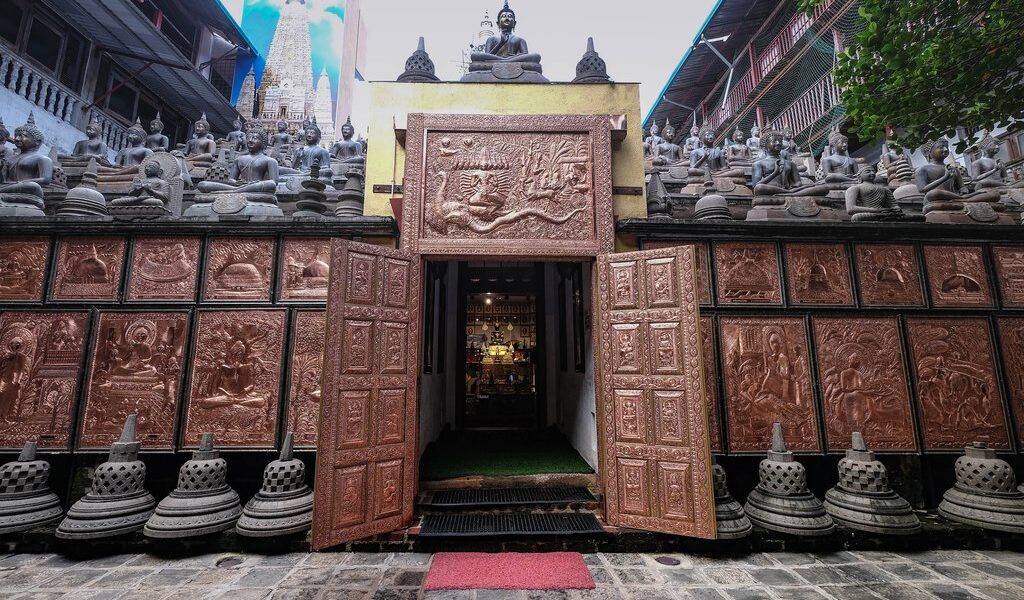
By February, peak tourist season is well underway in Sri Lanka. The beaches in the southwest are pleasant and dry, and the northeast monsoon is winding down. The Cultural Triangle also has good weather at this time.
## Exploring Sri Lanka in February: A Comprehensive Guide
February presents a unique window of opportunity to explore the diverse wonders of Sri Lanka. As the Northeastern monsoon begins its retreat and the Southwestern monsoon remains at bay, the island enjoys a period of relatively calm and pleasant weather, making it an ideal time for travel. However, it’s important to remember that Sri Lanka’s climate can be delightfully unpredictable. Even during the dry season, the possibility of refreshing showers lingers in many regions, while the monsoon season occasionally offers unexpected days bathed in sunshine. This element of surprise adds to the charm of exploring this captivating island nation.
Temperature-wise, much of Sri Lanka maintains a consistent climate throughout the year. In the bustling capital city of Colombo, February typically sees highs hovering around a comfortable 90°F, with lows settling around 75°F. Journey inland to Kandy, the cultural heartland, and you’ll find average highs of approximately 86°F and lows of 66°F, offering a slightly cooler and more temperate climate. For a truly refreshing escape, head to the hill station of Nuwara Eliya, where the air is crisp and invigorating. Here, February highs reach a pleasant 70°F, while lows dip to a cooler 50°F, making it an ideal destination for those seeking respite from the tropical heat. Venturing to the northeastern coast, Trincomalee experiences a slight increase in temperature as the year progresses. In February, expect highs around 86°F and lows around 75°F, perfect for enjoying the pristine beaches and azure waters.
The Cultural Triangle, a region steeped in history and ancient wonders, encompasses the iconic cities of Anuradhapura, Sigiriya, Polonnaruwa, and Dambulla. Situated within the “dry zone,” this area benefits from minimal rainfall, making February an excellent time to explore its archaeological treasures. Expect average highs of 90°F and lows of 72°F, creating comfortable conditions for sightseeing and exploration.
February’s agreeable weather patterns make it a popular time to visit Sri Lanka, marking the high season for tourism. Travelers from Europe, North America, and Australia, having concluded their holiday breaks, often seek refuge in Sri Lanka’s tropical embrace. Simultaneously, travelers from China may be visiting during the Chinese New Year celebrations, which frequently occur in February. Given the increased tourist activity, it is highly recommended to make travel arrangements, including accommodation and transportation, well in advance to secure your desired choices and avoid potential disappointments.
While February offers a chance to witness some of Sri Lanka’s most famous locations, the crowds can be rather large during this time of year. For those seeking a more tranquil experience, consider venturing beyond the popular attractions like Galle Fort and Sigiriya. The southwestern region of the island presents a wealth of lesser-known gems that offer a peaceful retreat. Explore the serene temple and towering 165-foot high Buddha statue near the charming town of Dikwella, or embark on a spiritual journey to the sacred pilgrimage town of Kataragama. Discover the ancient Nagalakanda ruins, a testament to Sri Lanka’s rich past, or immerse yourself in the historical grandeur of the Mihintale temple complex near Anuradhapura.
The northeastern part of the island, often overlooked by mainstream tourism, presents a captivating alternative. This region offers a more tranquil atmosphere, where you can unwind on pristine beaches, delve into the vibrant Tamil culture, and experience a more authentic side of Sri Lanka.
Colombo, the dynamic capital city, also shines in February, hosting two significant events that add to its cultural vibrancy. However, be mindful that last-minute bookings may incur higher prices, so planning ahead is advisable.
For those who cherish the thrill of hiking, February’s pleasant weather provides the perfect opportunity to conquer Adam’s Peak, also revered as Sri Pada. This sacred mountain holds immense significance for Buddhists, attracting a multitude of pilgrims who ascend its slopes overnight to witness the breathtaking sunrise from the summit. The journey is made all the more memorable by the lively atmosphere, with food vendors and vibrant lights illuminating the path, creating a festive ambiance.
Food enthusiasts will find February to be an ideal time to embark on a culinary adventure in Colombo. Indulge in the tantalizing flavors of local delicacies such as hoppers, string hoppers, kottu roti, jackfruit curry, and pol sambol, a spicy coconut relish that will awaken your taste buds. Colombo’s diverse culinary scene boasts some of the finest restaurants in Sri Lanka, offering an array of gastronomic delights. For an even more authentic experience, consider staying at a guesthouse and seizing the opportunity to savor home-cooked meals, providing a glimpse into the heart of Sri Lankan cuisine.
Nature lovers will find themselves captivated by the wonders of Yala National Park in February. This renowned nature reserve is famed for its resident population of Sri Lankan leopards, but it also teems with a diverse array of wildlife, including majestic elephants, wild boars, crocodiles, and a kaleidoscope of avian species.
Throughout the year, Sri Lanka plays host to a vibrant tapestry of festivals and holidays, with February being no exception.
Sri Lanka is renowned for its spectacular *peraheras*, vibrant festivals that showcase elaborately adorned elephants parading through the streets, accompanied by mesmerizing fire-twirlers performing their captivating routines. While the most celebrated *perahera* takes place in Kandy, Colombo also hosts its own magnificent event on February’s Poya day. The Gangaramaya Navam Perahera has been a cherished tradition in Colombo since 1979, drawing crowds eager to witness the spectacle. These festivals are extremely popular, so it is advisable to plan your visit well in advance. You may even need to secure a good viewing spot by paying a fee.
February 4th marks Sri Lankan Independence Day, also known as National Day. This momentous occasion commemorates Sri Lanka’s independence from British rule, achieved in 1948. The main celebrations are held in Colombo, showcasing the nation’s pride and cultural heritage.
Consider taking advantage of the mild weather throughout the island to get a thorough look at Sri Lanka. This itinerary will take you on a long circuit from Colombo to Negombo, passing by many of the country’s most interesting places.
Explore the highlights of the cultural triangle, and the less-touristed beaches of eastern Sri Lanka.
B-2521

